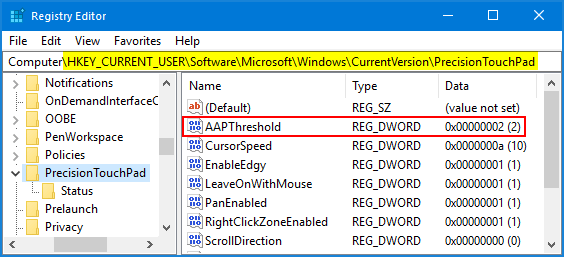

Acharya Harihar Das and Nilakantha Das helped him in this endeavour. Samaj was started as a weekly newspaper on 10 October 1919 (Vijaya Dashami). He started Satyabadi as a literary monthly magazine in 1915.

He was the editor of ‘Asha'(1913–1919), a newspaper published from Berhampur. Gopabandhu took to journalism to boostsocial and political reformsas well as to revive the moribund Odia language. Their writings were practical and simple yet fiery and lively. Their prose, poems and essays focused on contemporary socio-political problems and national aspirations. Founded in 1909, this one-of-a-kind school surrounded by a Chhuriana grove had some of the best teachers of that age in the likes of Krupasindhu Mishra, Pandit Nilakantha Das, Godabarish Mishra and Acharya Harihar Das along with Gopabandhu.įamously known as ‘Panchasakha’,these five friendswere the pioneers of the Satyabadi Age. His brain child Satyabadi Bana Bidyalaya (nicknamed as the Nalanda of Odisha) was the first open air school in the state. It is said that the simplicity of Mahatma Gandhi was essentially influenced by Gopabandhu.Īs an educationist,Gopabandhu realised that schools were the best place to inspire young minds to become resourceful citizens of the future. One of the most ideal leaders of the freedom movement, he remained a staunch supporter of Mahatma Gandhi till the very last. Revered as Utkalamani,Pandit Gopabandhu Das was a selfless social reformer, skilled lawyer, charismatic political leader and influential writer, But it was his newspapers-‘Samaj’ and ‘Satyabadi’-that made himimmortal. Here, we profile some of theseimmortal sons of the soil and their unsurpassed literary contributions. The writers of Satyabadi Age took it to a whole new level.Inspired by the Swaraj and Swadeshi movements, these intellectual rebels scripted a new age of idealism and patriotism in Odia society and literature with the mighty outpourings of their pens. In Odisha, the writers and poets of early 19 th centurylike Radhanath Ray (‘Sarbeshan No Janani Bharat’) and Gangadhar Meher (‘Bharati Rodan’ and ‘Utkala Bharati Nka Nibedana’) initiated a patriotic fervour in Odia language. The intellectual impetus provided by Voltaire, Montesquieu and Rousseau led to the French revolution.

Pandit Gopabandhu Das once remarked: “Language is at the root of thought and civilisation.” Indeed, literature acts as a catalystin every great revolution. These publications gave a platform for the writers to express themselves as well as set the stage for future patriotic trend in Odia language,” he adds. ‘Sambalpur Hiteisini’ published by Nilamani Bidyaratna from Bamanda played an important role in rousing the feelings of people in western Odisha.

Baikunthanath Dev published ‘Utkala Darpana’. Byasa Kabi Fakir Mohan Senapati was the founder editor of ‘Sambada Bahika’. It started as a weekly newspaper and focused on the socio-cultural and political problems of Odia-speaking people. On 4 August 1866, Gouri Shankar Ray and Bichitrananda Das started ‘Utkala Deepika’, popularly considered as the first Odia newspaper. “The first Odia magazine,‘Bodha Dayini’, was published in 1861 from Balasore. The scale of the tragedy triggered a mass awakening and literary developments as well,” informs NK Mohapatra, senior lecturer of Indian history and anthropology. People died of starvation, compounded bycholera and malaria. Like the enormity of the Black Death (plague)in Europe, the famine killed nearly one-third of the population at that time. “In Odisha, the Renaissance period started after Na’anka Durvikshya (the Orissa famine of 1866). Imbibed with the spirit of ‘Odia BhasaAndolana’ at that time, Odia literature stands richer in nationalist writings than many other contemporary literatures. But in Odisha, these writings initiated a new literary era, popularly known as the ‘Satyabadi Age’. This was particularly true during the freedom movement, when the country saw a spurt in nationalist prose, poems and essays in every regional language. True to his words, writers just don’t give words to our emotions they carry forth the soul of a civilization-They pen their fascinating experiencesas well as the great social and cultural churnings of their times, leaving a record for future generations to admire the glorious days of yore.Īnd so it was with Odia literary stalwarts, who led a revival of our once moribund mother tongue and raised the stature of Odia literature with their soul-stirring writings. “The purpose of a writer is to keep civilisation from destroying itself,” wrote French philosopher and author Albert Camus.


 0 kommentar(er)
0 kommentar(er)
